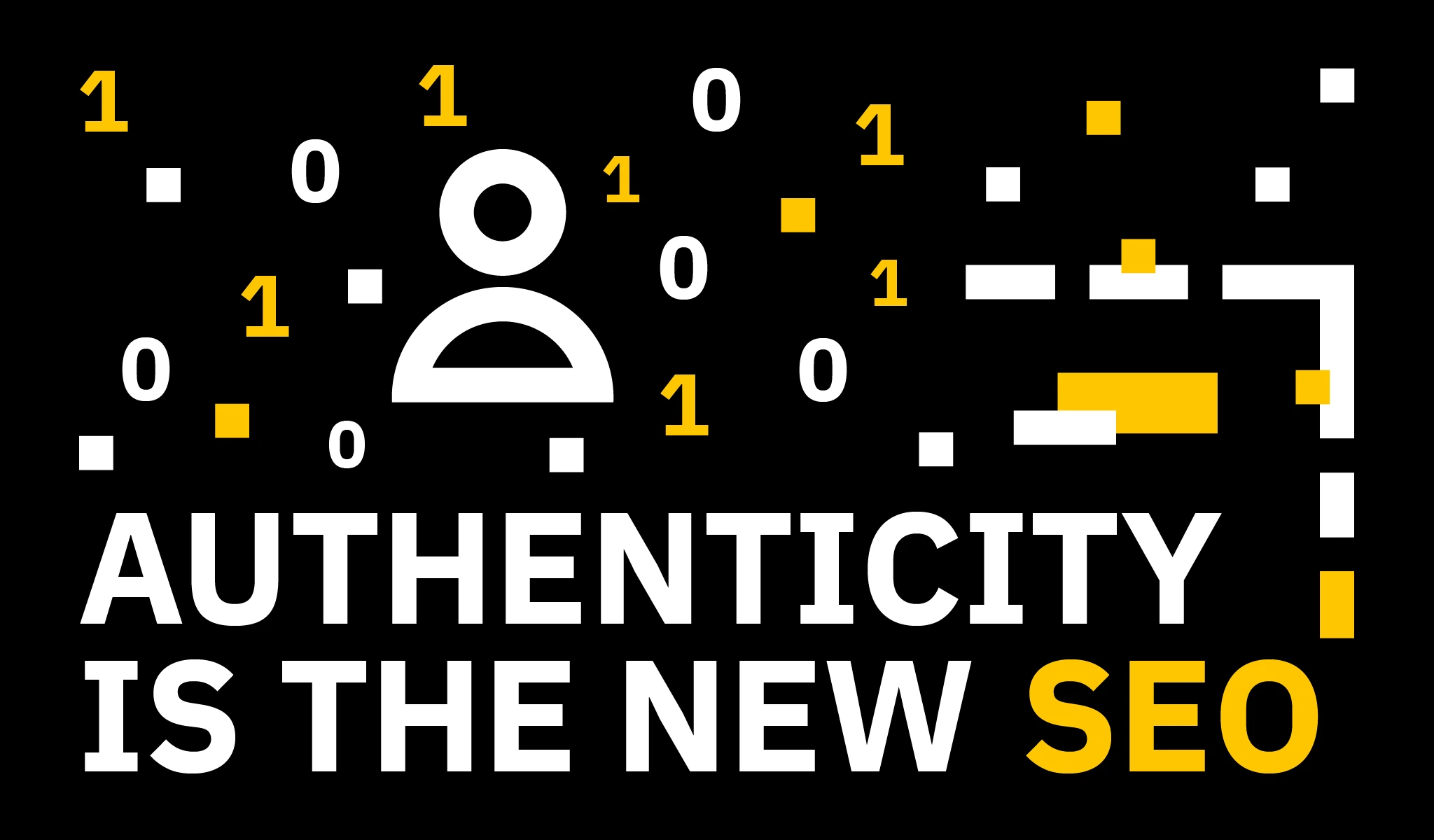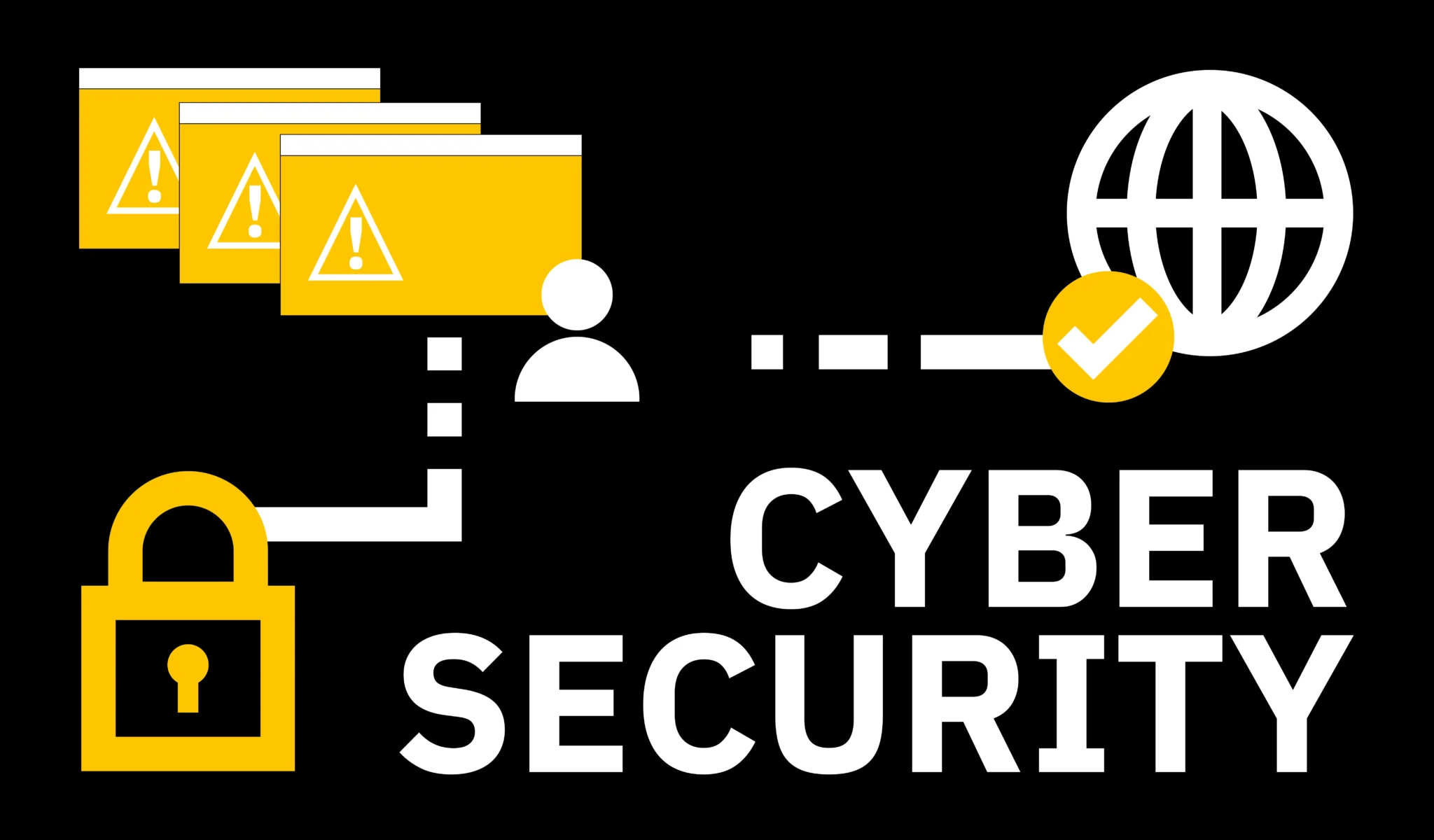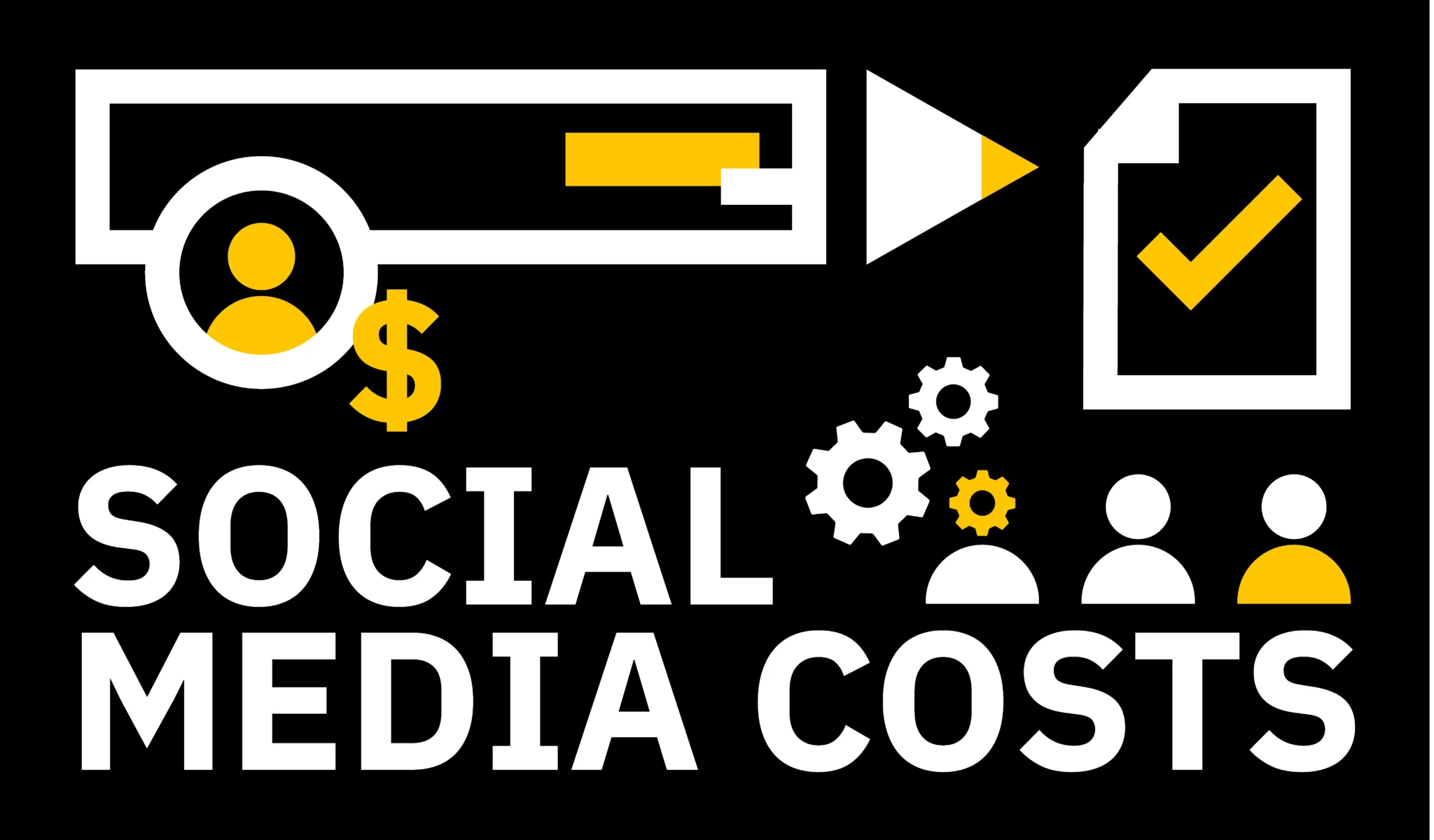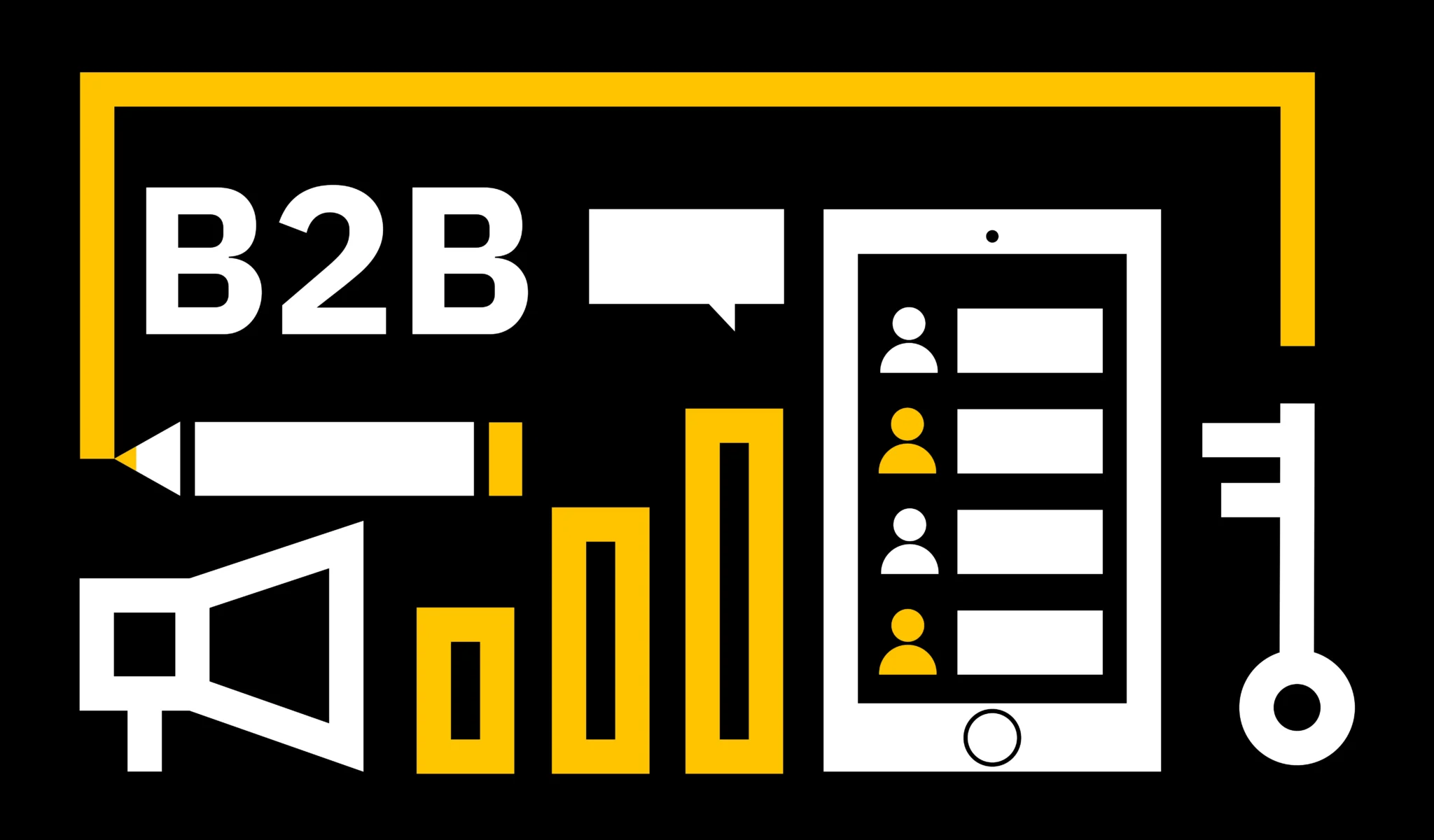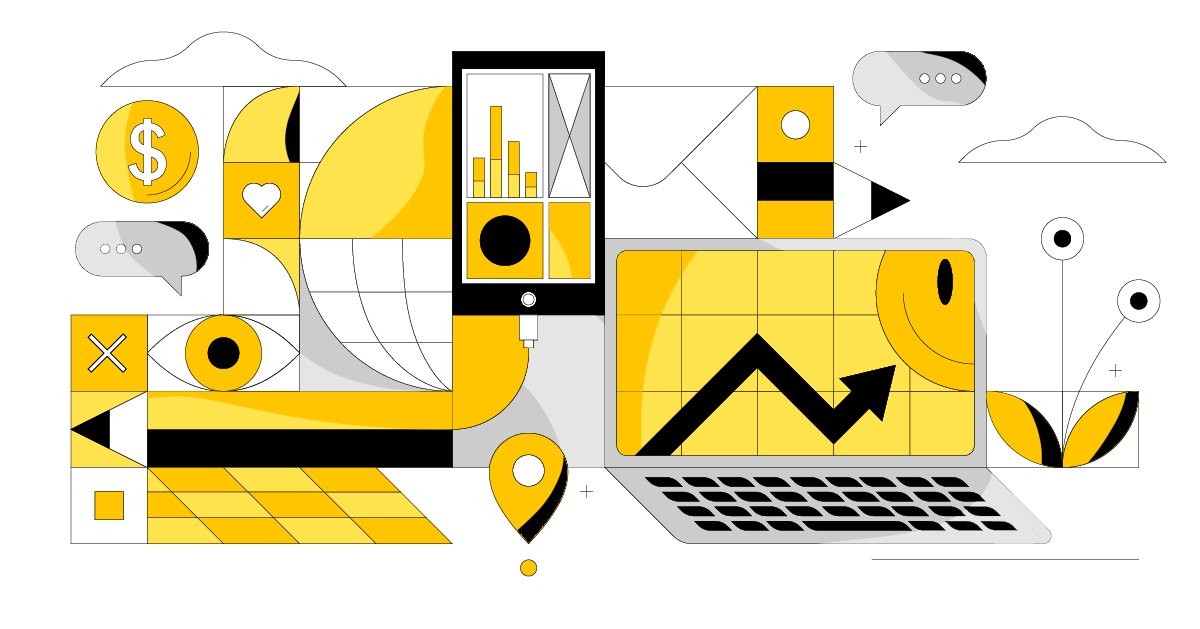Artificial intelligence is changing the way people search, read, and select information online.
In just a few months, it has gone from a supporting technology to an active player in the information journey, filtering, synthesizing, and directly answering user questions. The result is an ecosystem where access to content no longer depends solely on search engines, but on generative AI systems, including assistants, chatbots, and integrated platforms that deliver ready-made answers, often without users ever needing to open a website. Major publishers and generalist portals are already feeling the impact in terms of traffic. In industrial B2B, however, the dynamic is different: users search with a concrete goal, such as finding a product, a technical solution, or a reliable supplier. It’s not curiosity; it’s about process, efficiency, and productivity.
AI doesn’t eliminate optimization, it changes its logic
Traditional SEO isn’t dead, but it’s evolving into a more flexible approach. With the rise of generative AI systems, the focus is shifting toward GEO (Generative Engine Optimization): optimizing content to be understood, aggregated, and reinterpreted by generative engines that provide direct answers to users. In industrial B2B, this shift is anything but trivial. AI doesn’t replace product or supplier searches; those who need a servomotor, valve, or vision system still run specific queries and visit manufacturer sites. However, AI is transforming informational and educational searches, the type of content that industrial marketing has traditionally relied on to attract, educate, and guide potential customers. Today, when someone searches “how to choose an encoder” or “difference between optical and magnetic sensors,” the answer often comes pre-synthesized by AI. That answer is built from multiple sources but doesn’t necessarily generate a click. As a result, a drop in organic traffic for educational content is natural and will likely continue. That doesn’t mean such content has lost its value. It still builds authority, trust, and brand awareness, but we can no longer rely solely on Google’s organic flow. The real challenge now is to shift the relationship to owned channels, building a qualified community of contacts and stakeholders, and nurturing it with human, personal, and brand-consistent content. In this new landscape, optimization is no longer about the algorithm; it’s about credibility and message intent. In industrial marketing, visibility today comes from:
- updated, verifiable technical content,
- concrete data and case studies,
- clear, professional, and authentic language.
The new SEO isn’t just about being found, but about being recognized as a reference point in your market. The goal is no longer to climb Google rankings, but to stay top of mind, even when the customer isn’t actively searching.
From search to inspiration
In a world where answers are generated automatically, the real opportunity lies in influencing the conversation before the search begins. Those who respond to queries risk being replaced by AI. Those who spread technical culture and perspective become the ones others look up to. Creating content that anticipates needs, explains technological trends, and reveals the logic behind industrial choices is now more effective than repeating product specs. In B2B, visibility stems from authority, which is derived from the ability to inspire trust before interest.
Showing your human side
In a world where anything can be generated, authenticity becomes a scarce resource. Putting a human face behind the company builds trust and separates genuine expertise from artificial content. In industrial B2B, this means giving voice to engineers, technicians, product managers, and entrepreneurs; the people who represent applied knowledge. The formats that perform best today are those perceived as authentic:
- technical videos shot on the shop floor or in the lab,
- micro-interviews and short talks sharing real experiences, not slogans.
Brands are shifting toward content that builds cultural memory, experiences, and voices that endure, are recognizable, and coherent with their identity.
LinkedIn and online advertising: control and continuity in an unstable ecosystem
In a scenario where big players and constant AI updates increasingly dictate organic visibility, industrial companies need their own, controllable visibility spaces. Two tools serve this purpose well: online advertising and LinkedIn. Paid campaigns remain a stable and measurable lever. While organic content depends on unpredictable algorithm shifts, paid strategies ensure a consistent presence along the entire funnel:
- reaching those unaware of the brand but with real needs,
- engaging those actively searching for a product or service,
- persuading those evaluating alternatives and suppliers.
Even as AI reshapes how users find and consume information, online advertising continues to provide continuity, traceable data, and instant adaptability. At the same time, LinkedIn remains the strongest platform for building authority and direct relationships. While AI filters and summarizes, LinkedIn stays human, where expertise stands out without intermediaries. Here, B2B decision-makers learn, compare, and trust people. Those who communicate consistently, with a personal tone and vision, strengthen brand reputation and remain recognizable beyond organic reach. In a volatile organic environment, LinkedIn and paid media strike a powerful balance between control and continuity, two complementary levers to sustain brand and product visibility and nurture a qualified community around valuable content.
Authenticity as a competitive edge
What has been lost online isn’t the truth. It’s trust.
In a world where AI produces flawless yet impersonal texts, human credibility is now the strongest differentiator. In industrial marketing, this means returning to sharing what you truly know: direct experiences, real applications, technical cases, and real people. In a “synthetic” world, the authenticity of human contribution is the real competitive advantage. AI will keep evolving. Algorithms will change, channels will shift, and so will buying behaviors. The only constant is the need to read the context, interpret data, and adapt continuously. Traffic may drop, but your relationship with your community doesn’t have to. In B2B marketing, results endure when communication is built on trust, consistency, and the human touch. Because even in an AI-driven world, it’s still people who choose and remember you.
